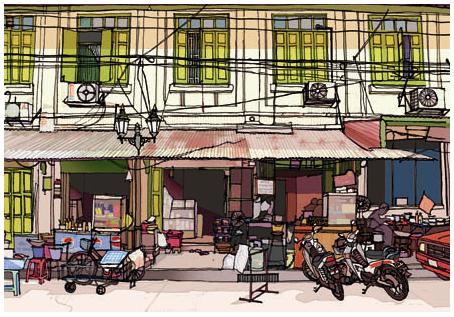
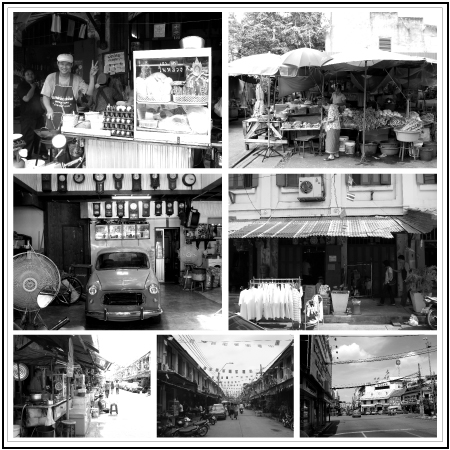
Thus, Samphrang is still regarded today as a great food district with the mixture of both old and new traits. So, life in Samphrang surpasses the change and continues to impress people with its sincere and simple charm.
Still, to really understand this historic qauarter, one needs to pay great attention to small details which would be easily overlooked if he/she just passes by and not sees through.
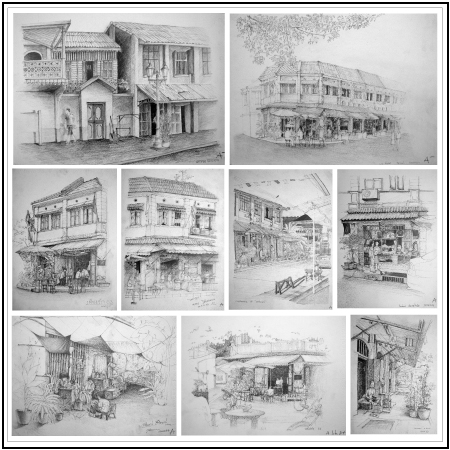
To record some aspects of those details, architectural students of King Mongkut's Institute of Technology Ladkrabang were assigned to observe the ongoing yet persisting life in Samphrang. They were warmly welcomed and captured by the community's charm which were portrayed through a great number of works in forms of architectural delineation, fotomo and fototrace.
We are with hopes that through various aspects of perception of these young artists, our viewers will see through that Life is Beautiful in Samphrang.
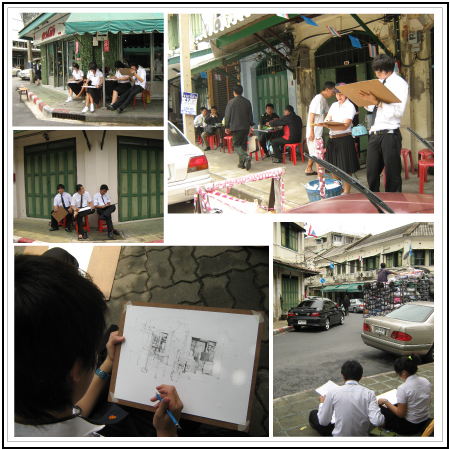
------------------------------------------------------------------------------------------------
Architectural Delineation

Architectural delineation is a technique to indicate or represent with accuracy or in detail by drawn or painted lines. This skill is a basis in practicing eyes, brain and hands to see how they work together. By doing this, the students are urged to experience life as well as architectural details at first hand. Along the process of seeing and selecting things they want to study, they will learn about the great thing called 'inspiration' as well.
------------------------------------------------------------------------------------------------
Fotomo

Fotomo is a kind of model in three dimensions originated by the Japanese photographer Kimio Itozaki. The artist makes use of photographs by cuting them in pieces and recomposs them in three dimensions.
This technique is in a way a solution to portray reality more correctly. Photography, despite its realistic trait, can express reality only in two dimensions, while general models, despite their three-dimentional quality, lack for details as seen in photograps. Thus, by combining the two together, foto and model, the real world comes closer as if the viewer is really there.
------------------------------------------------------------------------------------------------
Fototrace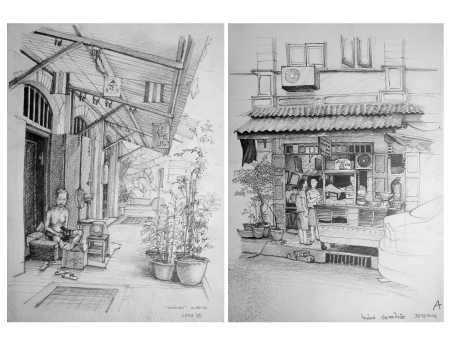
Fototrace is a way to trace a photo. By tracing the chosen photo line by line, the tracer will be forced to face with the subject of his/her own choice in slow motion which will enable the person to see more deeply of what he/she might spend just a second recording in photo.
Its main aim is to make students see, think and express sincerely and also demands them, as future architects, to pay attention not only to architectural details but also to life.
Fototrace is thus an effort to 'rejuvenate' or 'broaden' the eyes of the students with the belief that when they see and feel life, they will design a place that serve that life not just a lifeless construction.
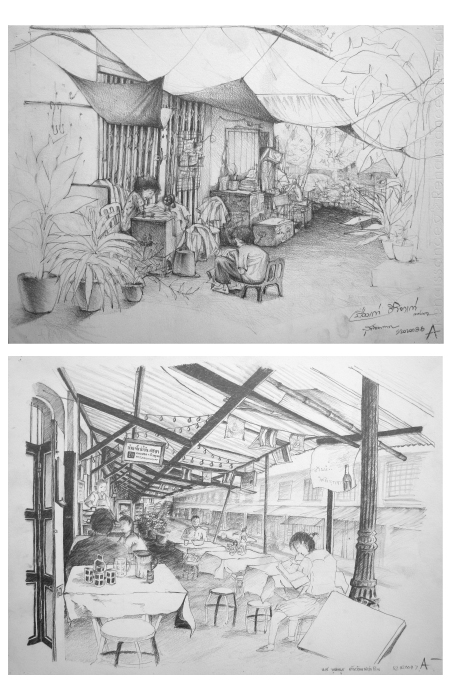
It is a duty of an architect or any artists to see and feel what is out there. Especially for architects whose creations have great responsibility both to the people and their surrounding, they need to open their eyes and to be sensitive to life - value it, cherish it, ortherwise, their work is a kind of violation and not different from a crime whether they realise it or not.
------------------------------------------------------------------------------------------------
Life is Beautiful in Samphrang
On view: 27 June - 1 August 2010
The Opening Party: Sunday 27 June 2010 (from 5 pm onwards)
Open Hours: Only on Saturday and Sunday from 11 am to 7 pm
For more information, please call 082-7855594
Email: people.space@yahoo.com or peoplespace.bangkok@gmail.com










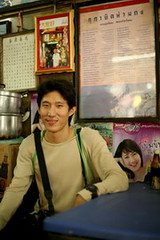


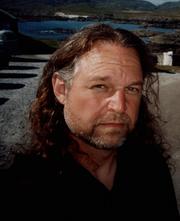

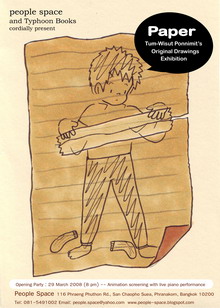

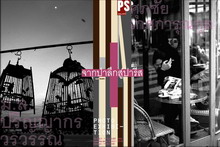

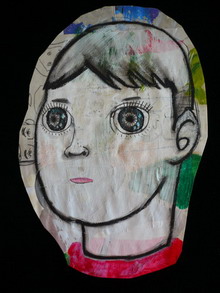






No comments:
Post a Comment